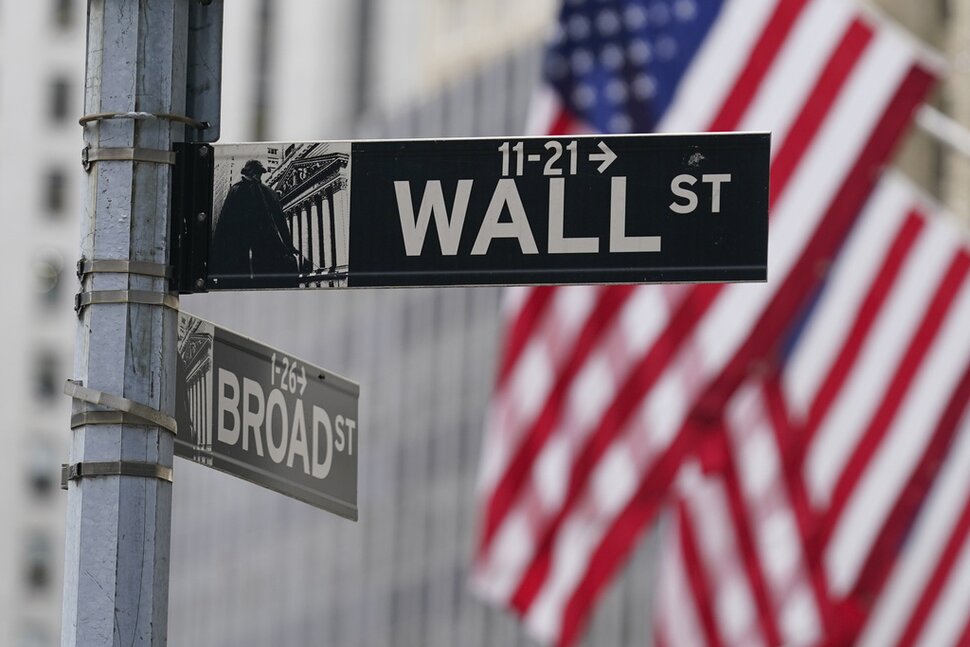
A holiday-shortened week often provides markets and economists a moment to reflect. That’s especially the case after Labor Day, a date that signifies the end of the summer.
Data last week reinforced the narrative of a slowing labor market and inflation that has cooled off but not quite as much as the Federal Reserve would like.
So the question will be whether the “soft landing” scenario remains in vogue or September asserts its traditional role as the weakest month for stocks.
“On the surface, this dynamic is positive for the economy and risk assets as it suggests that inflationary pressures are continuing to ease without causing a significant deterioration in the economy,” BCA Research said on Tuesday morning. “However, the outlook is concerning. The full impact of the Fed’s tightening cycle has not yet been transmitted to the economy. Unless the Fed makes a swift pivot to meaningful rate cuts prior to an economic recession, then the labor market will continue deteriorating and the unemployment rate will eventually rise to recessionary levels.”
The week lacks any dominant economic data release, but the Fed’s beige book summary of economic conditions could provide clues as to what officials were thinking when they last met to consider monetary policy in July. A handful of Fed governors will speak this week ahead of the central bank’s next meeting in two weeks.
“We continue to expect the federal funds target rate range to remain steady this month and look for no more hikes in this tightening cycle,” Wells Fargo economists said on Monday.
Meanwhile, Goldman Sachs on Tuesday lowered the odds of a recession within the next 12 months to 15% from 20% previously, citing the favorable inflation data, the softening labor market and continued growth in incomes.
The post-holiday period also will kick off with the return of Congress, and some fear that could provide a negative spark to the markets, as talk resumes of a budgetary standoff and looming government shutdown. Conservatives in the House are pushing for a hard line on spending, while the White House and Senate leaders are opting for a more conciliatory posture that could include a continuing resolution to keep the government running.
A poll released by the Peter G. Peterson Foundation last week found that 7 in 10 of respondents were concerned about a government shutdown should Congress fail to come to a budget agreement by Sept. 30. But the poll also found that 90% of voters, including 91% of Democrats and 89% of Republicans, think lawmakers from both parties should work to avoid a government shutdown and find solutions for dealing with the growing national debt.
In the background looms China, once seen as a growing and powerful economy but now looking like a country facing generational challenges. China’s economy has sputtered after seeing a post-pandemic flurry, and its population is aging. Meanwhile, unemployment among its young people has soared and its property developers are struggling. Efforts to stimulate the economy have so far shown little effect.